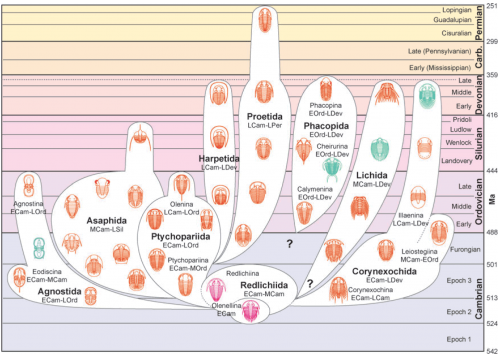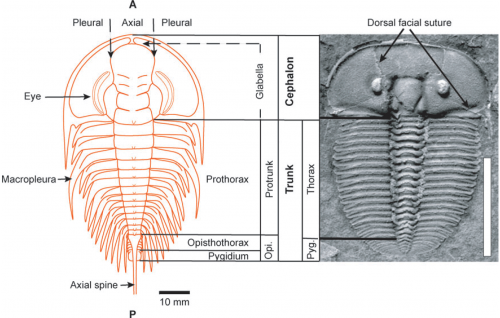Ed West is a columnist for the Telegraph who seems to have two claims to fame: he’s a Catholic anti-atheist, and he’s one of those people who seriously argues that being against racism makes you a racist and oh, aren’t those immigrants a pain in the butt? Not one of my favorite people.
He now has a column in which he claims that the New Atheism is dead…a remarkable assertion, given that what I see of atheism, new or otherwise, is lively and thriving. The corpse is still dancing; perhaps we’re going to have to rename it the Zombie Atheism?
But wait: on what grounds does West claim that the New Atheism is dead or dying? Maybe he has a good argument.
Or maybe not. Here’s how he backs up his argument:
-
Richard Dawkins is annoying.
-
Another guy who is an atheist thinks Richard Dawkins is annoying.
-
Nobody likes Sam Harris.
-
Dan Dennett agreed with Dawkins, which makes him annoying.
-
Hitchens didn’t appreciate religion enough, which made him annoying.
-
Religion isn’t going away.
-
Religion isn’t as bad as Dawkins claims.
…and that’s about it. You know, if you’re going to claim a movement is fading, I would think citing some numbers would be indispensible to bolstering the claim; crankily reciting your animus against a few people within it doesn’t quite do the job. I could tell you that the Pope is far, far more annoying than Richard Dawkins and supports odious policies that have done far more cataclysmically awful things to other human beings than Dawkins has ever done — and in fact that there seems to be a remarkable dearth of facts showing that Dawkins has done any harm at all — but I wouldn’t be so stupid as to claim that the unsavory nature of ol’ Ratzi means the church is in decline.
West is guilty of very bad reasoning, which I guess isn’t surprising given that he somehow finds Catholicism reasonable. Even if every argument he made were true (and most aren’t, or are matters of taste and opinion), they wouldn’t support his thesis.
But the core of his claim is simply that there are many forms of religion out there, and even many kinds of atheism, and that that somehow means religion doesn’t do harm.
Even to non-believers, the argument that religion is a damaging parasite seems implausible. In their everyday lives people see that atheism does not explain the fundamental questions and a godless world doesn’t make us happier or even more questioning. The popularity of the Sunday Assembly, an “atheist church” in Islington, or Alain de Botton’s “10 commandments for atheists”, reflect the growing belief in secular Britain that religion is not just a beneficial thing but perhaps an essential one. Perhaps that is why New Atheism is as dead as Nietzsche.
The Sunday Assembly is a comedy act: a ‘church’ run by comedians to mock religion with a bit of positive spirituality thrown in. It had about 200 attendees on its opening day, and while not something I’d care enough to attend or oppose, isn’t exactly a testimonial to the failure of atheism. Next he’s going to try and tell us that Brother Sam Singleton signals a return to our Protestant roots.
De Botton…well, I’ve said a few things about de Botton before. The most generous thing I could say now about him is that he is a very silly man. That some people want to wear glasses made out of stained glass says nothing about the health of the New Atheism, which is populated by people who have no interest in any form of religion. You might as well claim that the existence of Wiccans means Catholics have ceased to exist.
But my main objection would be that atheism does address fundamental questions about the universe and our place in it, and answers them honestly, unlike religion. The answers may not be consoling, but they have the power of being true, and truth is a better foundation on which to build a good life than lies. Do they make us happier? It depends on who you are, I suppose: they certainly make me happier. Does religion make us happier? Clearly not, I can imagine few greater sources of world misery than the awfulness of the philosophies behind its religions — and as he is a Catholic, I would wave the miseries and death promoted by Mother Teresa, revered as nearly a saint by his faith, as an example of just how truly unhappy believers in his religion are.
At least I can return a favor. Catholicism isn’t as dead as Jesus; it’s an animated delusion, as lively as a cadaver on puppet strings, and still poisoning the world with its decaying reek. Would that it someday join Jesus’ physical form as scattered dust. Be one with your lord.









